Keith Hernandez’s exclusion from the National Baseball Hall of Fame is one of the most glaring omissions in baseball history. Few players have ever impacted the game as dynamically as Hernandez, particularly on the defensive side of the ball. He won 11 consecutive Gold Gloves (1978-1988), the most ever by a first baseman, setting the standard for excellence at the position. Hernandez was not just a good defensive first baseman—he redefined how the position was played. His ability to charge bunts, field ground balls like a middle infielder, and cut down baserunners transformed first base from a purely offensive position into one of defensive importance. Despite his revolutionary impact on defense, he has been overlooked for Hall of Fame induction, while several first basemen with inferior defensive résumés have been enshrined.
Hernandez was also an elite hitter throughout his 17-year career (1974-1990). He finished with a .296 career batting average, a .384 on-base percentage (OBP), and a .436 slugging percentage (SLG), demonstrating his ability to get on base and provide extra-base power. His 128 OPS+ (which adjusts for era and ballpark factors) shows that he was 28% better than the league-average hitter, a mark that holds up well when compared to Hall of Fame first basemen. He recorded 2,182 hits, 426 doubles, 162 home runs, and 1,071 RBIs, which, while not power-heavy numbers, reflect his consistent offensive production and ability to drive in runs.
When compared to other Hall of Fame first basemen, Hernandez’s credentials stack up favorably. Players like Tony Pérez (OPS+ 122), Orlando Cepeda (OPS+ 133), and Gil Hodges (OPS+ 120) were inducted despite having similar or lower offensive production relative to their eras. While Pérez and Cepeda had more home runs, their OBP numbers were lower, highlighting Hernandez’s superior ability to reach base. Furthermore, Hernandez was a two-time Silver Slugger Award winner (1980, 1984), proving that he wasn’t just a defensive specialist—he was also a feared hitter. His ability to hit for average, get on base, and provide clutch performances made him a valuable asset in the middle of the lineup.
Perhaps the best statistical argument for Hernandez’s Hall of Fame case comes from WAR (Wins Above Replacement), a metric that evaluates a player’s all-around contributions. Hernandez finished his career with a 60.3 WAR, which is higher than Pérez (54.0), Hodges (43.9), and even the power-hitting Harmon Killebrew (60.4). His WAR7 (seven-year peak WAR) of 41.2 also outshines Cepeda (38.2), showing that Hernandez had both longevity and a peak worthy of Cooperstown. While first base is typically viewed as an offensive position, Hernandez’s elite defense gave him extra value that should not be overlooked.
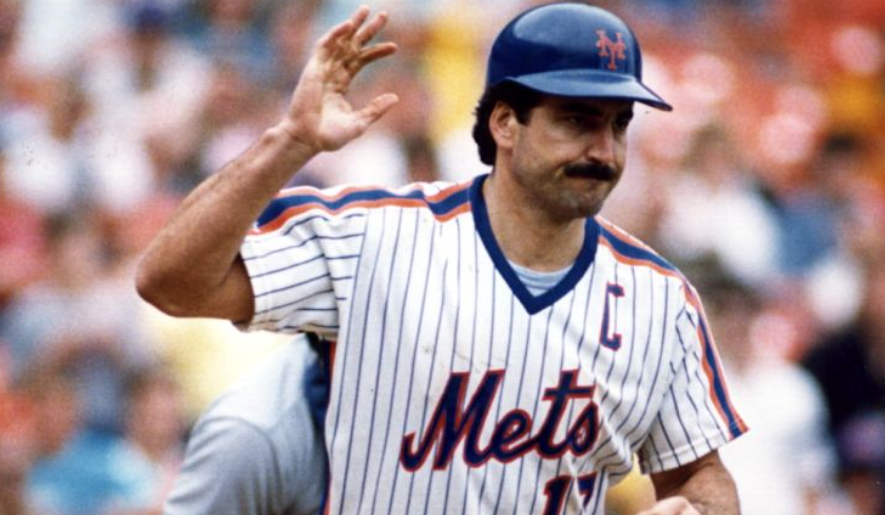
Beyond individual statistics, Hernandez played a critical role on two World Series-winning teams. He was a key figure in the 1982 St. Louis Cardinals championship, where he won the NL batting title with a .344 average in 1979 and earned NL co-MVP honors that same season. He later became the captain and leader of the 1986 New York Mets, a team that won one of the most famous World Series in history. Hernandez’s leadership, both vocally and by example, helped shape the Mets into a dominant force in the mid-to-late 1980s. Players with similar championship contributions, like Hodges, have been inducted in part due to their role as team leaders, making Hernandez’s omission even more puzzling.
One of the primary reasons Hernandez has been left out of the Hall is the lack of home run power traditionally associated with first basemen. However, Hall of Fame selections should consider more than just power; they should value all-around contributions. If defense, on-base skills, and leadership matter, then Hernandez should be a lock. His on-base percentage (.384) ranks higher than many power hitters in the Hall of Fame, and he was consistently one of the toughest outs in the game. He led the National League in runs scored (117 in 1980) and ranked in the top 10 in OBP in 10 different seasons.
A key comparison can be made to Bill Mazeroski, a second baseman inducted primarily for his defense. While Mazeroski had a legendary defensive reputation and a famous World Series moment, Hernandez provided a much stronger offensive profile while having an even greater defensive impact at first base. If Mazeroski’s glove alone was enough for induction, then Hernandez, with superior all-around value, should receive the same recognition.
Hernandez also set a precedent for the modern defensive first baseman, influencing the likes of Don Mattingly and J.T. Snow, among others. His ability to stretch for throws, field bunts aggressively, and position himself strategically was ahead of his time. Today, analytics further validate the impact of great defensive first basemen, and Hernandez’s legacy as the best of his era should be reflected in Cooperstown.
In conclusion, Keith Hernandez has Hall of Fame-worthy credentials extending beyond traditional power-hitting stats. His elite defense, offensive consistency, leadership, and championship success make him one of baseball’s most well-rounded first basemen. While he may not have posted gaudy home run totals, his overall contributions—as reflected in WAR, OBP, Gold Gloves, and championships—easily place him among the best. With the Hall of Fame evolving to recognize all-around greatness rather than just raw power numbers, Hernandez’s case should no longer be ignored. It’s time for the greatest defensive first baseman in history to take his rightful place in Cooperstown.
More conte
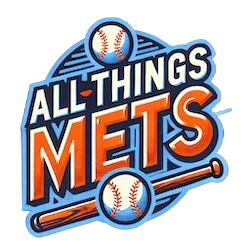
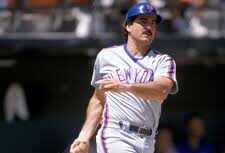
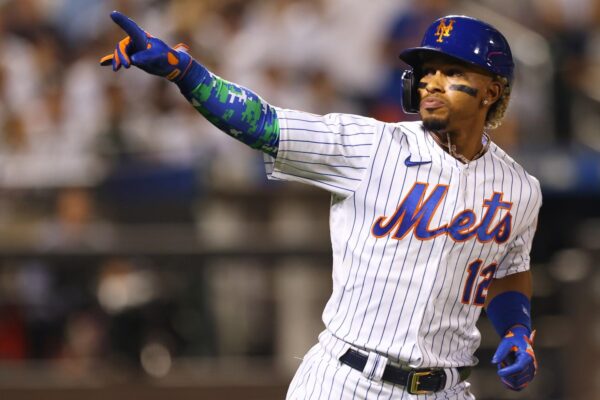
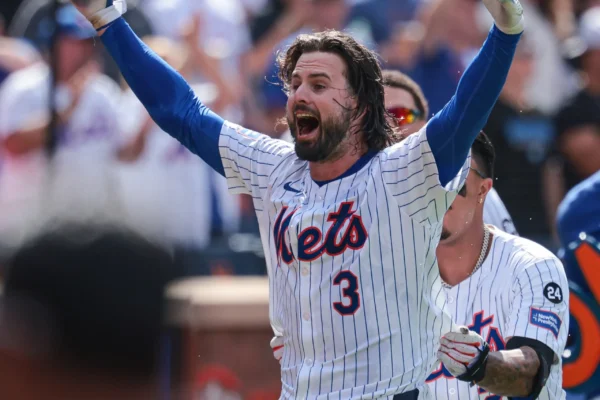

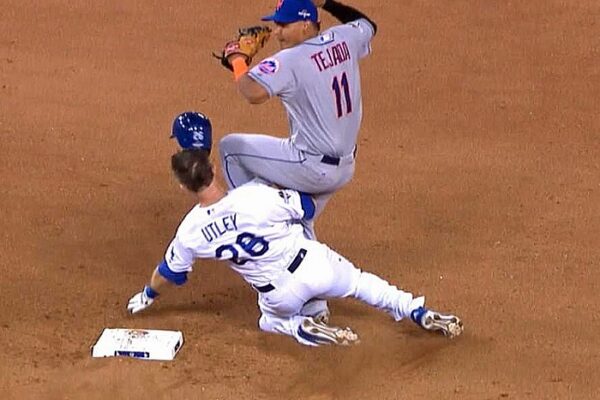
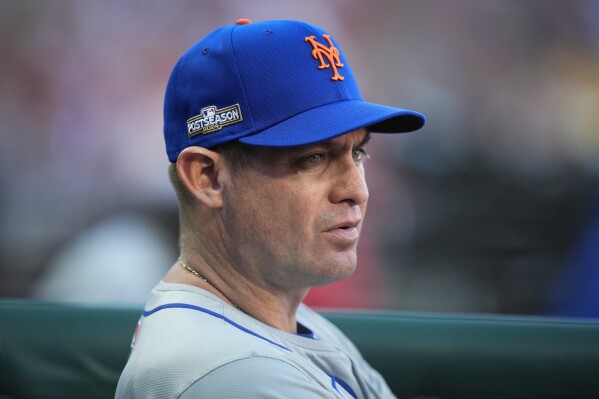
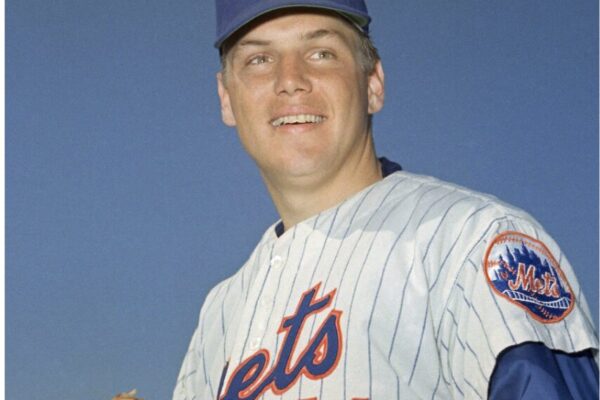
[…] Keith Hernandez – Why he should be in the HOFPittsburgh Pirates – Top Prospects of 2025 Categories Spring Training […]
[…] Keith Hernandez – Why he should be in the HOF Categories Spring Training […]
[…] Injury Report – 3/20/2025Keith Hernandez – Why he should be in the HOF Peter See Full […]